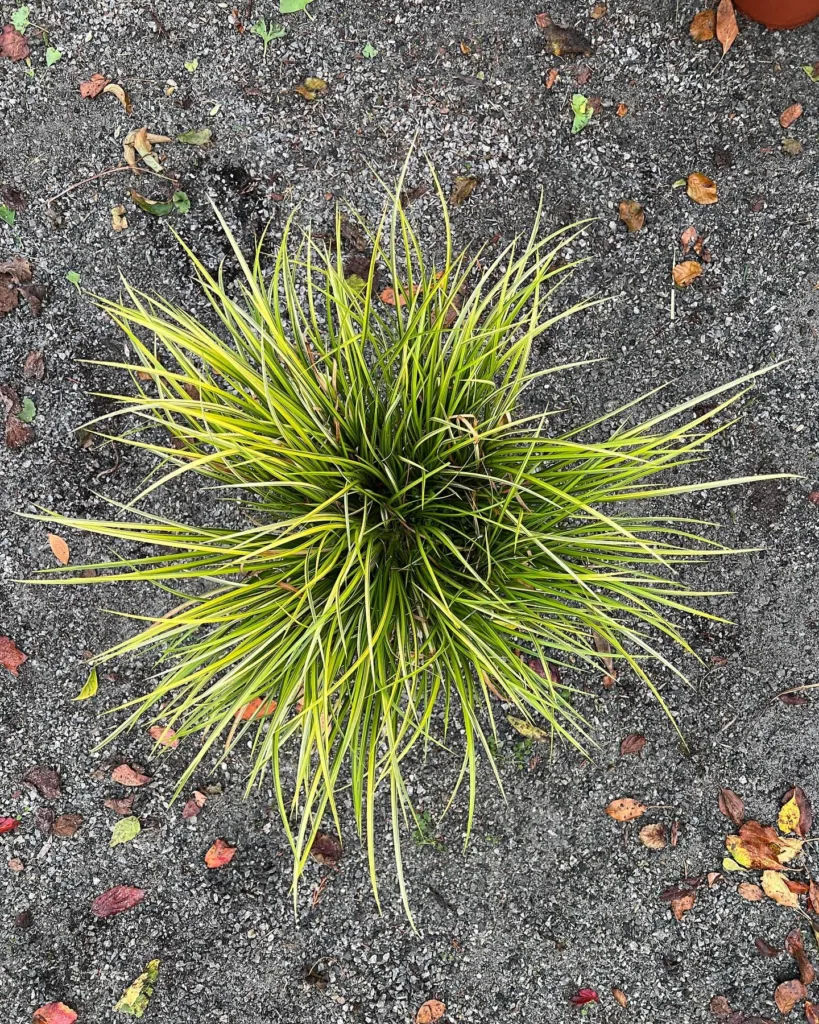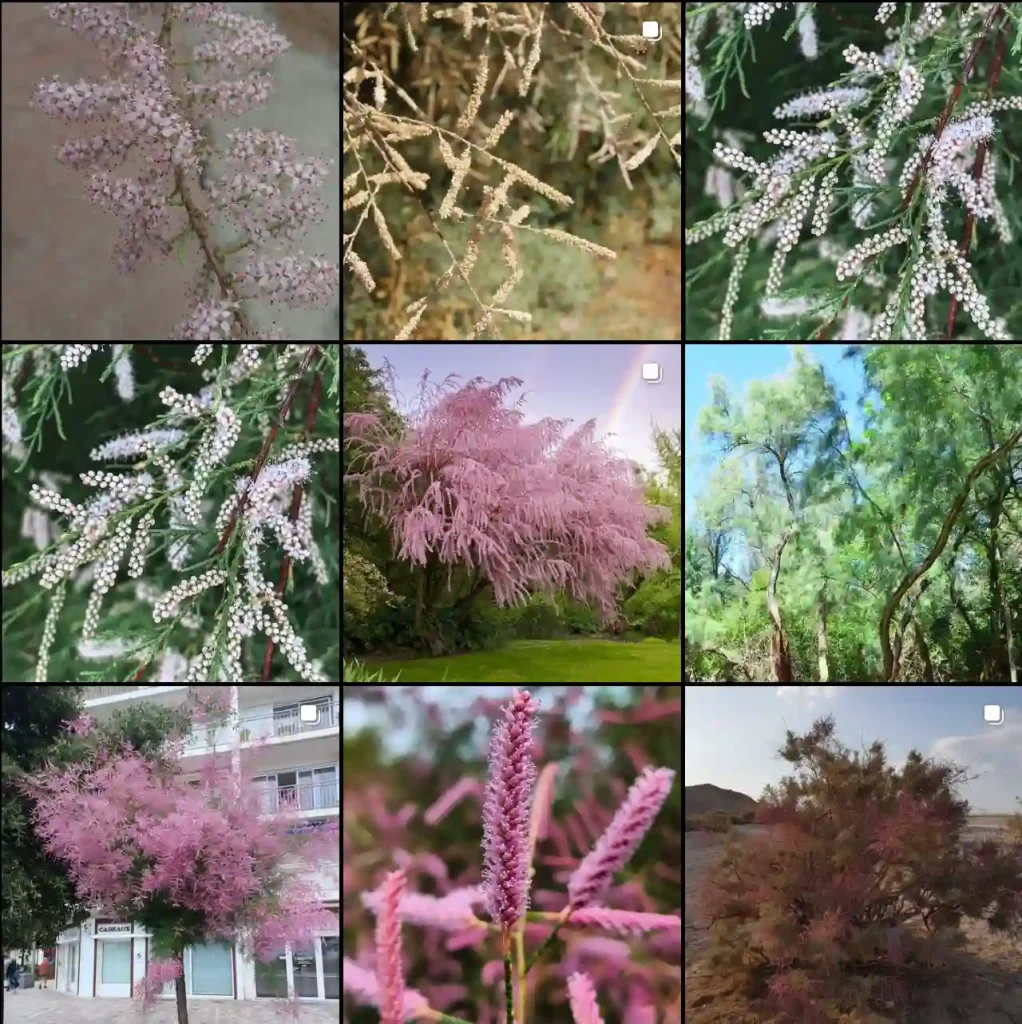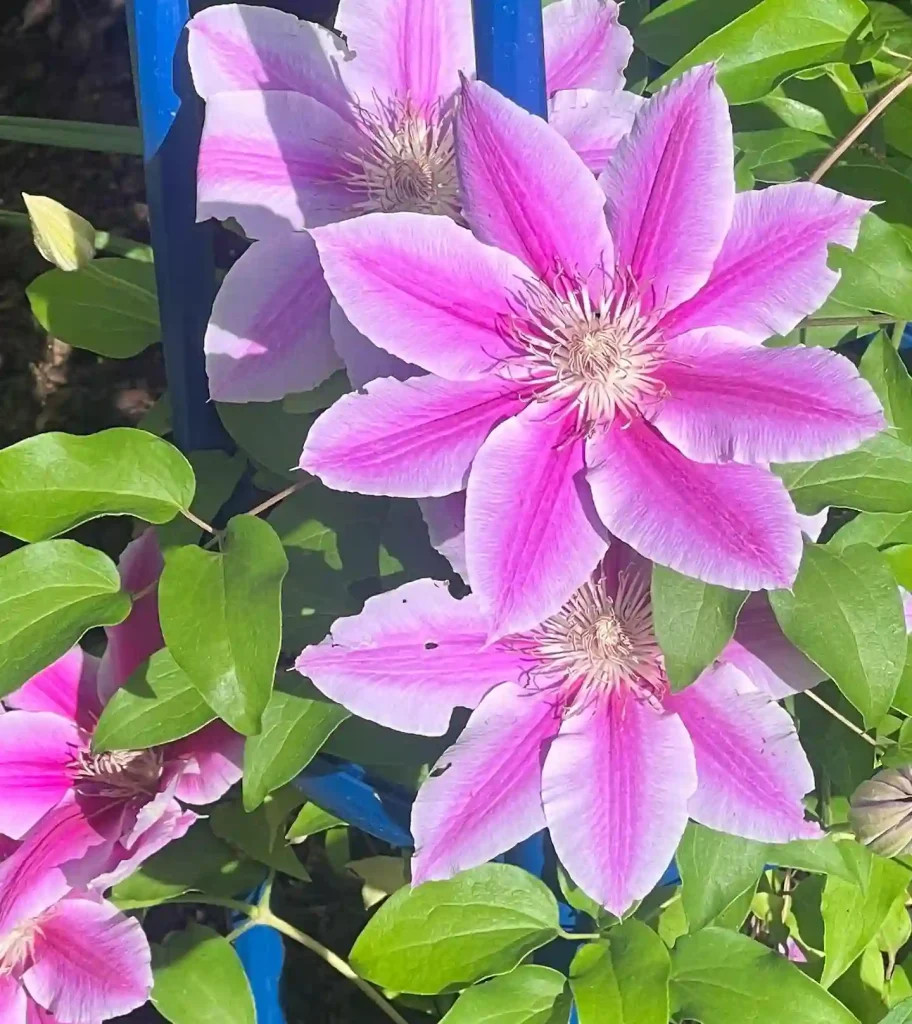Hibiscus Calyphyllus: A Gardener’s Guide to the Lemon-Yellow Hibiscus
Greetings, fellow plant enthusiasts! I’m Ferb Vu, and today we delve into the world of Hibiscus calyphyllus, also known as the Lemon-Yellow Hibiscus. This vibrant shrub native to tropical Africa boasts stunning blooms and thrives in warm climates.
Whether you’re a seasoned gardener or a curious newcomer, this FAQ will equip you with the knowledge to cultivate a flourishing Hibiscus calyphyllus.
439 Species in Genus Hibiscus
What is Hibiscus calyphyllus?
The Hibiscus calyphyllus is a perennial shrub, reaching heights of up to 3 meters (10 feet) and sporting a rounded, dense form. Its large, velvety light green leaves add a touch of the tropics to any garden. But the real showstopper is the flower. Hibiscus calyphyllus boasts large, lemon-yellow blooms, reaching up to 10 cm (4 inches) in diameter. The center of the flower adds a dramatic contrast, often boasting a deep red to blackish hue.
Where does Hibiscus calyphyllus come from?
This beauty originates from tropical Africa, specifically found in countries like Sudan, Ethiopia, Tanzania, and South Africa. It flourishes in thickets, along roadsides, and forest edges, often thriving in areas with moderate to high rainfall.
How does Hibiscus calyphyllus compare to other Hibiscus varieties?
The Hibiscus genus boasts a diverse range of flowering shrubs. Here’s a quick comparison to help you distinguish Hibiscus calyphyllus:
- Hibiscus syriacus (Rose of Sharon): This popular variety features large, trumpet-shaped flowers in various colors, including red, pink, white, and purple. Unlike Hibiscus calyphyllus, it prefers cooler climates and may not fare well in intensely hot regions.
- Hibiscus rosa-sinensis (Chinese Hibiscus): This houseplant favorite offers year-round blooms in vibrant colors. However, it requires more attention than Hibiscus calyphyllus, needing consistent warm temperatures and humidity levels.
Is Hibiscus calyphyllus easy to grow?
Absolutely! Hibiscus calyphyllus is a relatively low-maintenance shrub, making it ideal for beginner gardeners. It thrives in warm climates with full sun exposure. With proper care, you can enjoy its stunning blooms throughout the summer months.
How much sunlight does Hibiscus calyphyllus need?
Full sun is ideal for optimal growth and flower production. Aim for at least 6-8 hours of direct sunlight daily.
What type of soil is best for Hibiscus calyphyllus?
Well-draining soil is crucial. A sandy loam mix with organic matter works well. Ensure the planting site allows for excess water to drain freely, preventing root rot.
How often should I water Hibiscus calyphyllus?
Water your Hibiscus calyphyllus regularly, especially during hot and dry periods. Allow the top inch of soil to dry slightly before watering again. Deep watering that encourages water to penetrate the root zone is preferable to frequent shallow watering.
Does Hibiscus calyphyllus need fertilizer?
A balanced fertilizer applied during the growing season can promote healthy growth and abundant blooms. A light application every 4-6 weeks during spring and summer is sufficient.
How can I prune Hibiscus calyphyllus?
Pruning helps maintain a desired shape and encourages bushier growth. Prune after the main flowering season, typically in early spring. Remove dead, diseased, or overcrowded branches to improve air circulation and promote new growth.
Does Hibiscus calyphyllus have any pests or diseases?
Hibiscus calyphyllus is generally pest and disease resistant. However, keep an eye out for common garden pests like aphids, mealybugs, and whiteflies. Insecticidal soap or neem oil can be used for control if necessary.
Where can I plant Hibiscus calyphyllus?
This versatile shrub can be planted as a solitary specimen to create a focal point in your garden. It also works well in borders, adding a splash of color and texture.
Can Hibiscus calyphyllus be grown in containers?
Yes, Hibiscus calyphyllus can be containerized for patios or balconies. Choose a large pot with drainage holes and use a well-draining potting mix. Ensure the container receives adequate sunlight and water it regularly.
How long does it take for Hibiscus calyphyllus to flower?
Established plants can flower within the first year, with blooms appearing throughout the summer months. Deadheading spent flowers will encourage continued blooming throughout the season.
With its captivating blooms and easy-going nature, Hibiscus calyphyllus is a rewarding addition to any garden.
If i die, water my plants!



